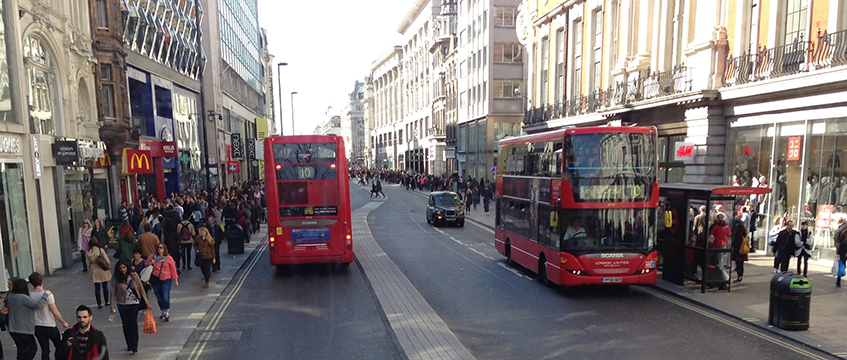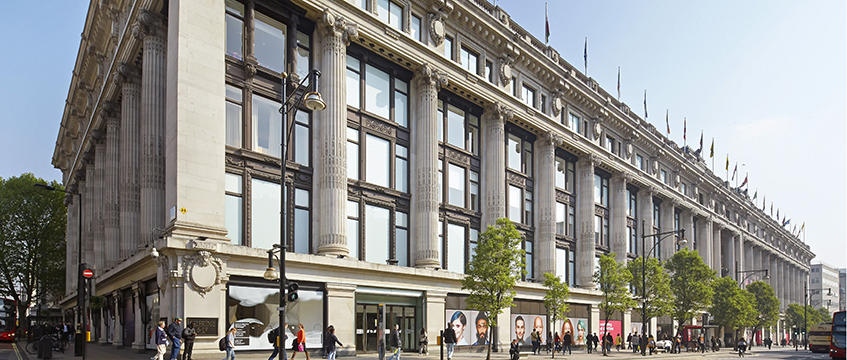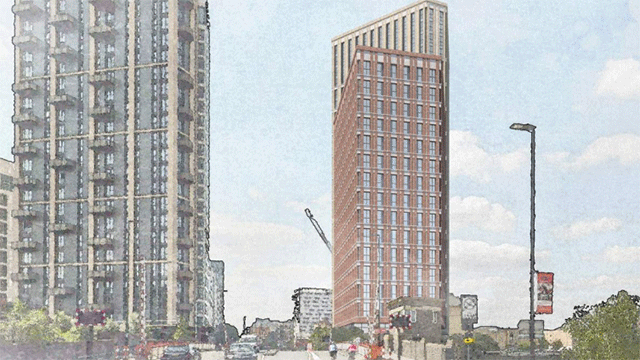The rapid structural change in the retail sector is having a significant effect on London’s real estate, as changes in consumer behaviour begin to dictate the value of shops in the capital.
Shopper habits and expectations have changed immeasurably during the past decade.
Online spending has now breached the one in every five pounds spent in retail level, peaking last November at 21.5%, a record high according to the Office for National Statistics.
The advent of smartphones and the domination of Amazon have challenged the existing norms.
Figures from Radius Data Exchange show that London is not immune from these trials and tribulations.
UK store closures reached dizzying heights last year, with 18.2m sq ft of space being shuttered owing to administrations, company voluntary arrangements and restructuring.
Analysis shows that 30% of that space was vacated in London and the South East.
With the traditional levels of supply and demand altered, shops that become available are now taking even longer to let than before.
The average time taken for a shop to be relet in the capital is up by 15% since 2013, taking the best part of 11 months to be occupied.
The increasing vacancy rates and slower occupancy times have seen a surge of planning applications for change of use, converting retail premises to other use types.
Slight slowdown
In London, the data shows that applications for the conversion of space slowed slightly in 2018 after significant rises in the previous five years – more than doubling in number, and following the national trend throughout the rest of the UK.
The retreat of bricks-and-mortar retail has been clearly indicated by the construction pipeline for new space in London.
Although more than 8m sq ft of new retail stock is in the pipeline to be delivered by the end of 2022, construction activity has slowed, and many scheme extensions have been parked in light of the uncertain conditions in the sector, as well as the unpredictable economy.
Hammerson’s decision to postpone its Brent Cross extension is the clearest example of landlords curbing physical growth to suit conditions, but reinvesting in prime locations that are still attractive to consumers.
London itself is safeguarded from the worst of the retail crisis at present. Its large population and tourism mean that footfall is always high in prime locations.
With the demolition and repurposing of real estate expensive, and land in very short supply, we can expect to see an increase in residential elements to existing shopping centres in the capital.
One in three schemes in London already has plans for residential development, which could create an additional 10,000 homes.
We no longer need as many shops, and the biggest challenge in the future may well be what to do with them.
With the click-and-collect market estimated to almost double by 2023 and the need for more urban logistics hubs, perhaps the empty shop does have its place in the community after all.
To send feedback, e-mail james.child@egi.co.uk or tweet @JamesChildEG or @estatesgazette











